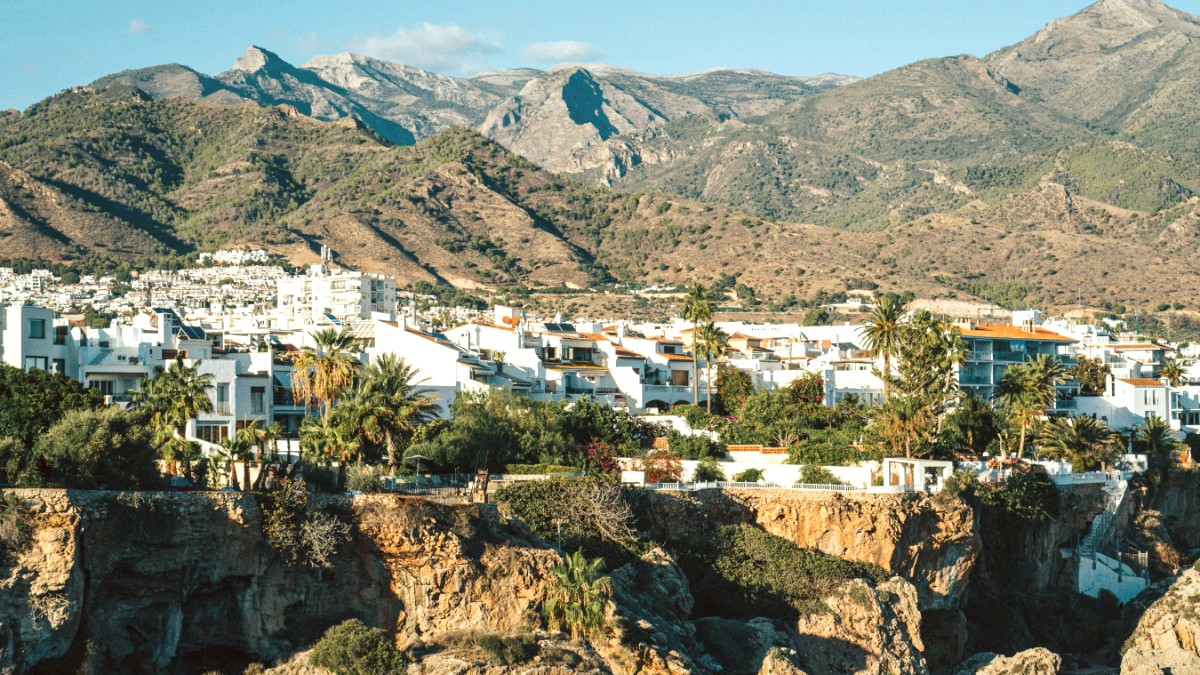
Andalucia, Spain
It is a region where history whispers from every corner, where culinary traditions delight the palate, and where natural beauty unfolds in surprising ways. From bustling cityscapes to serene mountain villages, the Costa del Sol extends an invitation to discover a part of Spain rich in life and light. Prepare to explore a destination that captivates the senses and creates lasting memories. This guide navigates its many facets, supporting a truly rewarding visit.
The Costa del Sol, translating to "Coast of the Sun," stretches across the southern coast of Spain, within the autonomous community of Andalusia. Its boundaries span approximately 160 kilometers (100 miles) along the Mediterranean Sea.
Malaga, a large and historically significant port city, is the capital of the province, serving as the economic and cultural heart of the Costa del Sol.
The region broadly spans from the cliffs of Maro, near Nerja, in the east, to the border with the province of Cádiz in the west, near Manilva and Sotogrande. The coastal strip is narrow, backed immediately by several mountain ranges.
These ranges include the Sierra Blanca, Sierra Bermeja, and the Montes de Malaga, part of the larger Baetic Systems. These mountains frame the coastline dramatically, offering protection from northern winds and shaping the region's mild climate. This geographical feature also creates a varied landscape, transitioning quickly from coastal plains and beaches to steep, forested slopes and deep valleys. The coastline itself features a mix of long sandy beaches, small coves, and rocky stretches.
Phoenician and Carthaginian trading posts shaped the coast.
Centuries of Roman stability brought infrastructure and trade.
Moorish rule brought intellectual and artistic advancements.
The Christian Reconquest transitioned the region's culture.
Mass tourism led to rapid resort development.
This region, a gem of Andalusia, delivers a diverse range of experiences suitable for all types of travelers. Malaga, a city that reinvented itself, is a rich historical center and is Pablo Picasso's birthplace.
West of Malaga, the coastline transforms into a string of well-established resorts. Torremolinos, now a bustling hub, has long sandy beaches and a lively atmosphere. Benalmádena features family-friendly attractions alongside its charming traditional white village. Fuengirola holds an extensive promenade and wide beaches. Further west, Marbella is a symbol of luxury, yet preserves a charming Old Town. Estepona provides a more authentic Andalusian character.
East of Malaga, Nerja holds stunning coastal views from its famous Balcón de Europa and the vast Cueva de Nerja. Nearby, Frigiliana is one of Andalusia's prettiest white villages. Inland, the Serranía de Ronda shows dramatic landscapes, with Ronda's iconic Puente Nuevo bridge. This area also contains ancient dolmens near Antequera and the unique karst formations of El Torcal Natural Park, holding hiking opportunities.
"Pescaíto frito" (fried fish) and "espetos de sardinas" (sardines grilled on skewers over open fires) highlight coastal specialties. Tapas culture thrives throughout the region, encouraging social dining and the sharing of diverse flavors.
The Costa del Sol presents a living museum, offering deep insights into the diverse cultures that shaped Spain. Visit these striking locations.
From sunbathing on golden sands to exploring ancient ruins, enjoying world-class golf, or hiking through spectacular natural parks, the Costa del Sol delivers a rich array of activities.
Malaga's skyline, a blend of urban life and historical charm, is a gateway.
The Balcón de Europa in Nerja displays stunning coastal views.
Ronda's Puente Nuevo bridge spans a dramatic gorge.
The region presents a rich array of activities combining the ease of a modern tourist destination with the deep cultural roots of Andalusia.
Malaga province: ~1.7 million.
Spanish (Castilian), some English in tourist areas.
Euro (€, EUR).
Many shops close in the afternoon for siesta, reopening later in the day.
Dinner is typically eaten later, from 8:30 PM onwards, in line with local customs.
A simple 'Hola' and 'Gracias' always promote positive interactions.